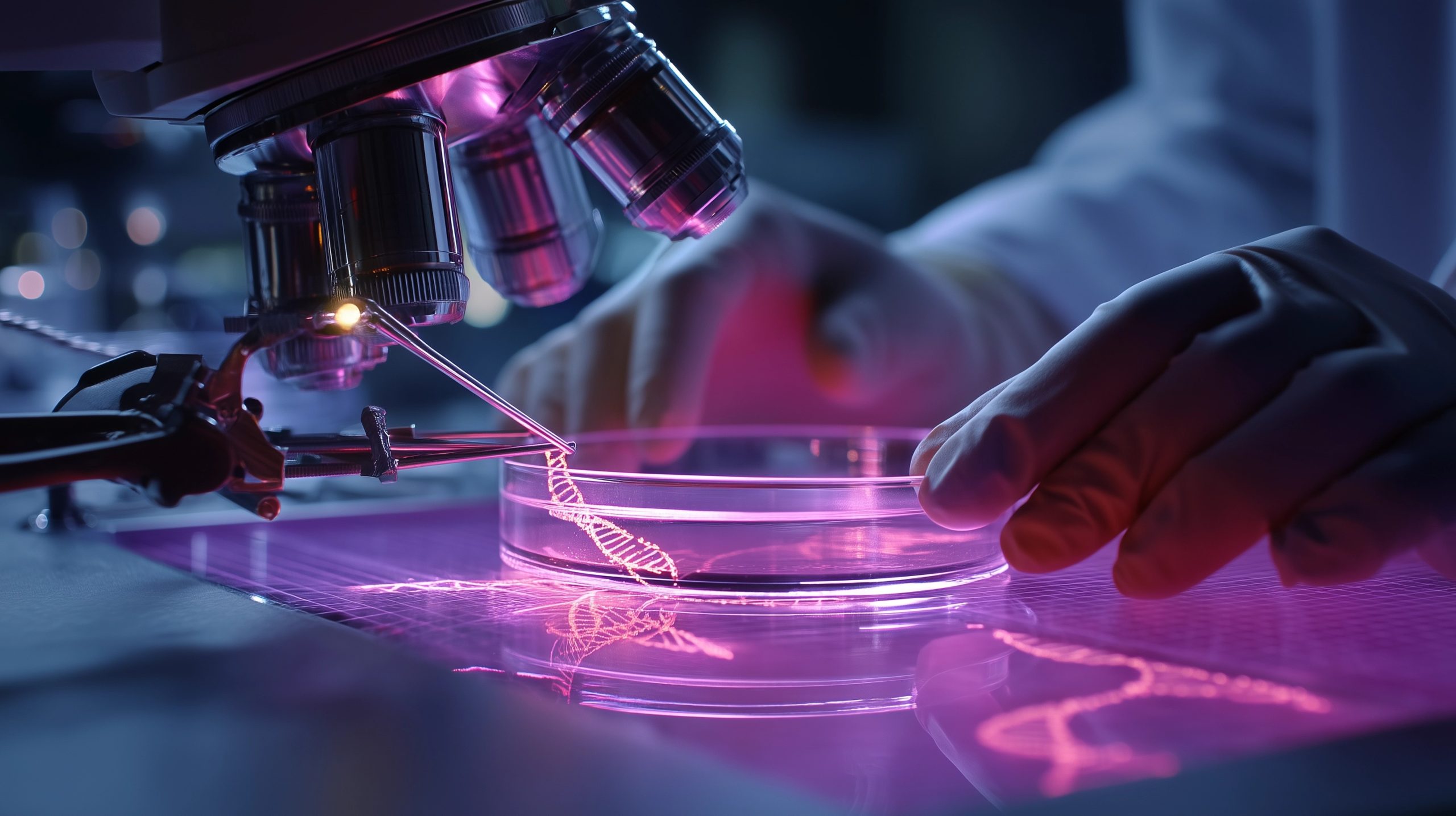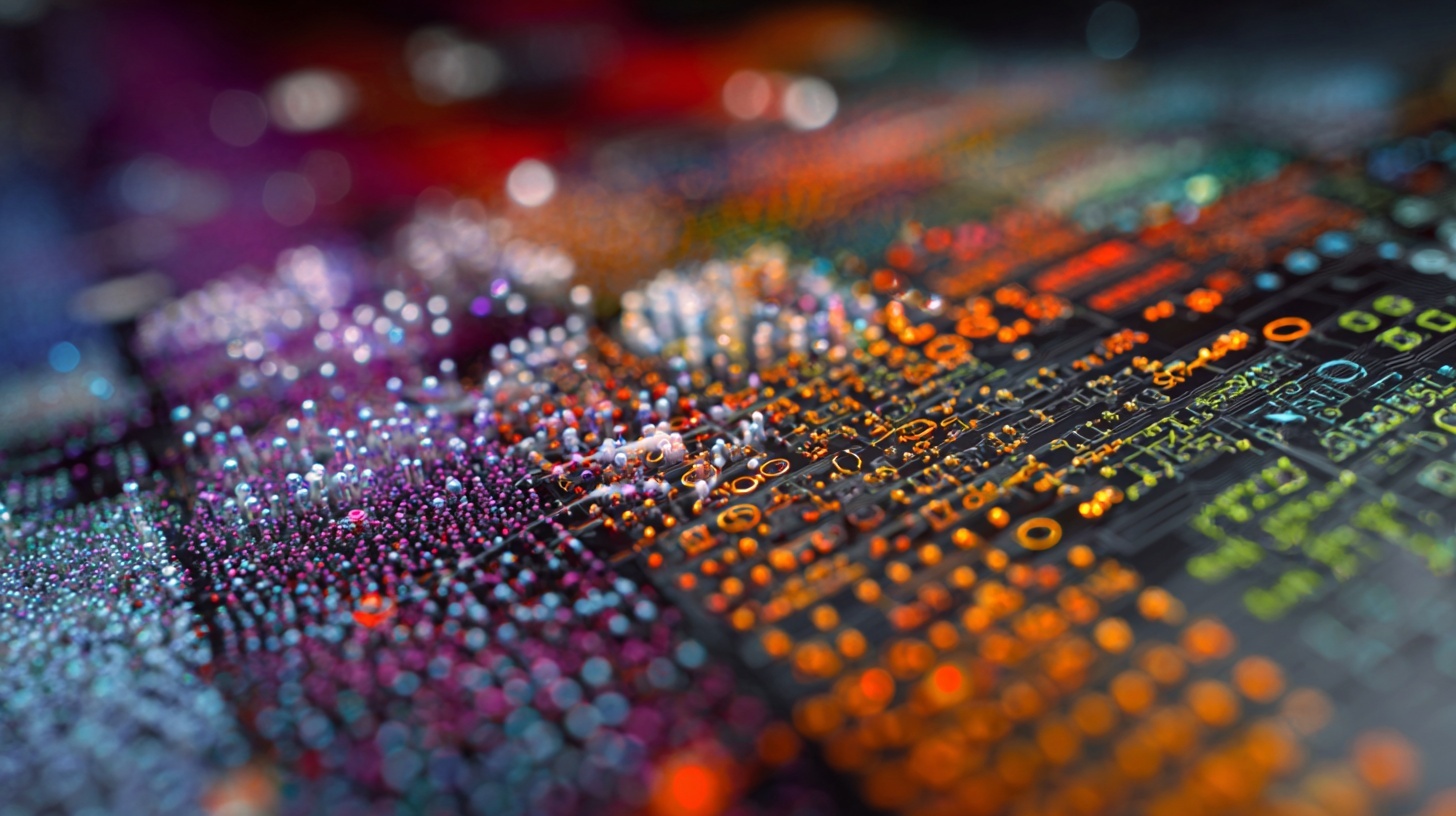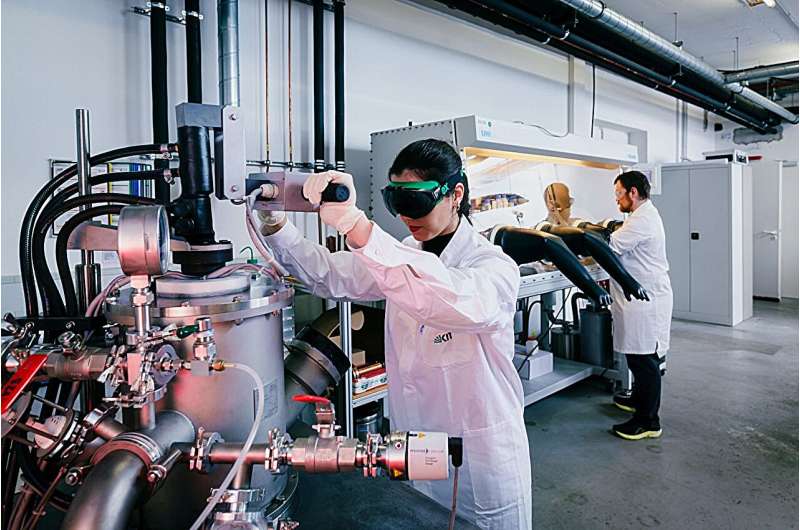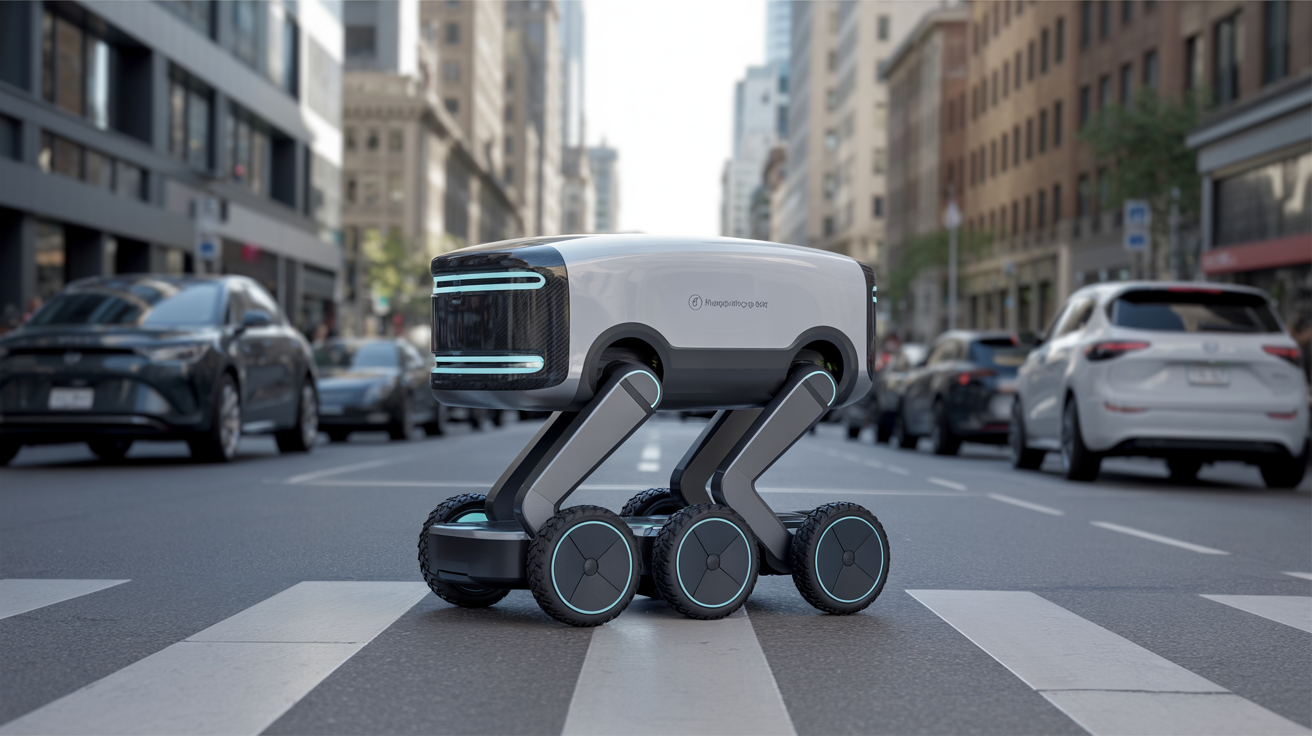By Futurist Thomas Frey
Imagine a book that reads you while you read it. The characters evolve based on your facial expressions. The pacing adapts to your heartbeat. The plot shifts depending on your micro-expressions of boredom or delight. You’re no longer reading a story—you’re in conversation with it. This isn’t a fantasy of future publishing—it’s a preview. Within the next five to seven years, we’ll see the rise of adaptive storytelling: books, films, and interactive experiences that monitor your biometric and emotional responses in real time, rewriting themselves to maximize your engagement. Fixed narratives—the same story for everyone—are headed for extinction.
Continue reading… “Stories That Read You: The End of Fixed Narratives”












